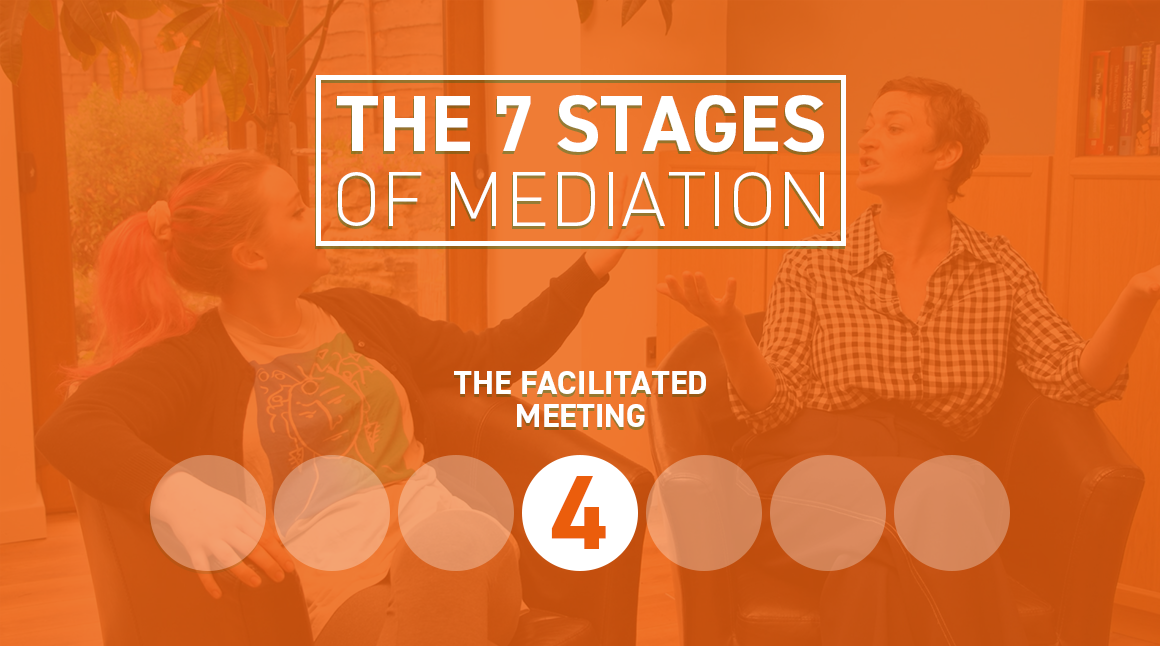
Posted on: September 1st, 2025

Over the last 26 years, UK Mediation has developed and honed our own 7-Stage Mediation Model for interpersonal disputes. Based on Dr Mike Talbot’s pioneering work, as well as experience gained from mediating thousands of cases, the 7 stages cover the entirety of a typical mediation day. This includes the individual meetings with each party, the joint mediation session, and finally the forming of the written agreement.
In this article, we bring the parties together for Stage Four…
Stage Four begins with the mediator’s opening comments, where we can set the scene for the session and provide more information if required. Generally, the statement will include a welcome and some words of encouragement, personal introductions, and a brief explanation of what will happen.
There is also an opportunity for the parties to agree on some ground rules for the joint session. These typically include:
Only one person speaks at a time
What is said stays in the room
No name-calling or abusive language
Anyone can call a break, or ask for a private side meeting, at any time
Once introductions have been done, we can move on to the parties’ uninterrupted time. After deciding amongst themselves on who goes first, the parties spend some time talking about what’s on their mind as they come into the mediation, as well as what they think needs to be discussed in the joint session. These comments are made directly to the mediator to begin with, who can then summarise each contribution in turn.
Following this, we can then provide an overall constructive summary, picking out the key points and topics that have emerged from each party’s uninterrupted time. Here, we are highlighting common ground, reframing any hostile or critical statements, and making sure that we are correctly capturing what the parties have said. This summary can then be translated into an agenda of roughly 2-5 topics of discussion.
At the point in the mediation session where disputants are invited to have a more direct exchange, frustrations and resentments can be expressed in a hostile way. These need to be managed correctly so as to not completely derail the mediation. As mediators, we need to remain calm ourselves, offer non-verbal reassurance and encouragement, and respond with empathy and understanding.
Occasionally, however, we might need to be a bit more directive and use the ‘Three Strikes’ method: giving the party displaying the unwanted behaviour three warnings before stopping the mediation entirely.
It is also important that we communicate assertively, and we can use the '4-Step Assertion Sequence (DESC)' to confront a particular behaviour:
Describe the behaviour: ‘When you… (do this thing)’
Express your response: ‘I feel or think… (how I feel/what I think)’
Specify what you want: ‘I would like… (this to happen)’
State why (the Consequence): ‘So that… (this will result)’
In the next article, we will look at Stage Five, where we begin to address the agenda items one-by-one and work on the issues raised.